Top 5 Challenges of Implementing Population Health Management Software (and How to Overcome Them)

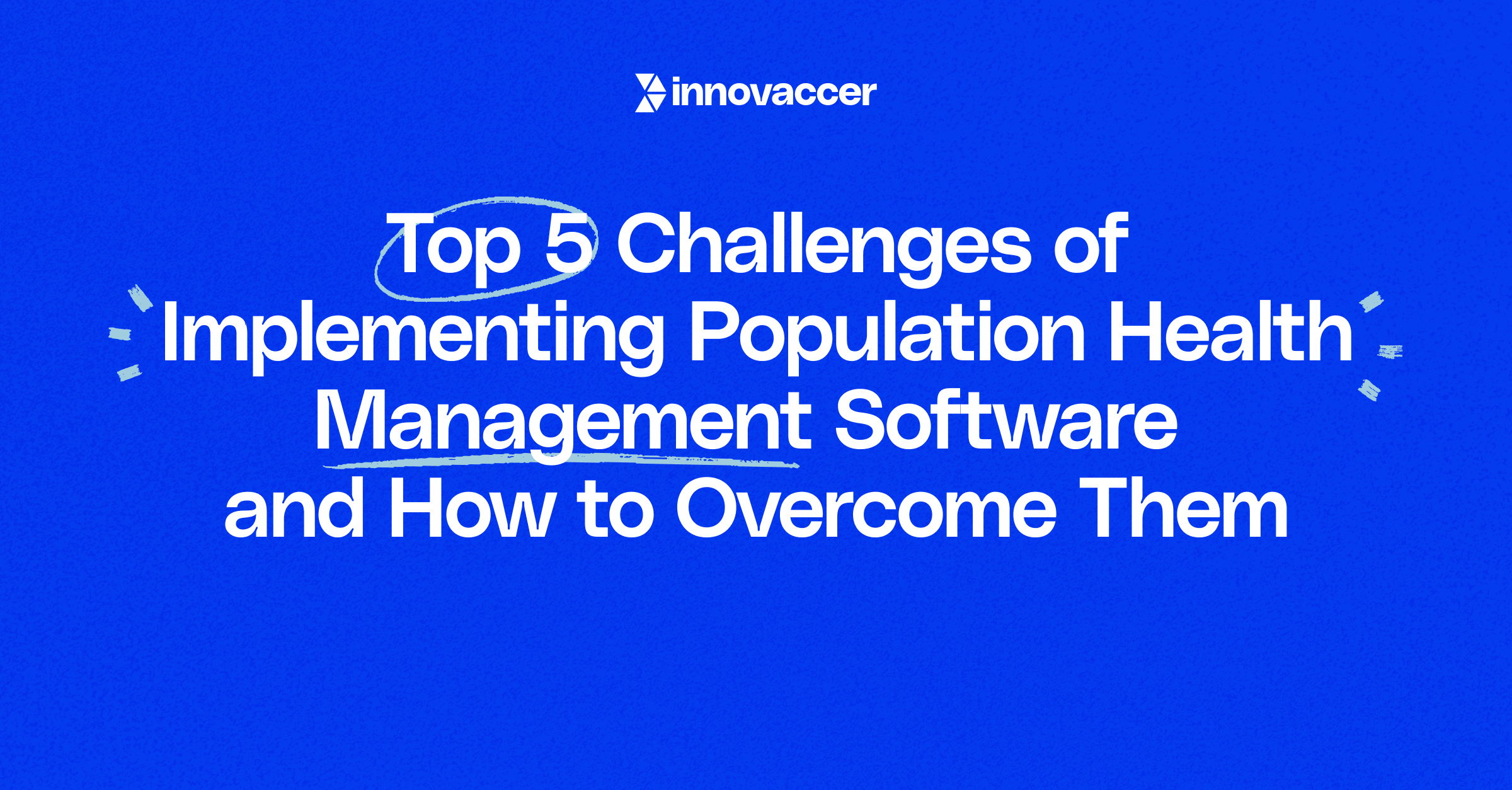
Imagine a condition where the healthcare system anticipates rather than reacts, meanwhile the healthcare providers manage the care journey before the condition is even close to getting dreadful. A condition where chronic diseases are being managed using real-time insights, and preventive care is being precisely provided to those who need it the most. This is what implementing population health solutions software promises.
Adopting the Population Health Management software is a transformative step for healthcare providers, that promises improved patient outcomes and streamlined operations. The journey of PHM adoption is often free of challenges, which can slow the process and can be the roadblock to the anticipated benefits.
Few key hurdles include:
- Interoperability issues,
- Complexities in Data integration,
- Financial and Economic constraints
- Privacy and Security compliance
While, Interoperability is the top concern as many healthcare organizations still operate within fragmented systems, making communications difficult across different platforms.
Similarly, the integration of data from diverse sources such as EHRs, wearable devices, and numerous claims systems is often inconsistent in terms of data formats, leading to operational inefficiencies and poor decision-making.
Challenges Implementing PHM Tools
Though several challenges might be faced during the integration of the PHM tools, the integration of the tools has helped to alleviate financial difficulties because, in the end, organizations tend to balance upfront costs with long-term return on investment.
Here are 5 major challenges faced during the implementation of the Population Health Management Software:
1. Data Integration Across Healthcare Systems:
It's not surprising that data integration across healthcare organizations is of utmost struggle and has been a concern.
To overcome challenges in population health management systems, organizations often struggle with various EHRs, inconsistent data formats, and real-time synchronization gaps, creating operational inefficiencies and hampering interoperability.
Strategic Solutions for Seamless Integration For healthcare systems to work better, adopting different FHIR systems and APIs stands out as one of the best solutions.
Think of it as a universal translator that helps to communicate different medical systems efficiently. Thus, together with the help of partners, one can tackle this by creating a reliable connection between the EHR systems. The best way to tackle this problem is by thoroughly checking everything being updated and making sure that data that has been updated on one system has been flown smoothly into all the other systems.
2. Budget Constraints and ROI Vindication
The implementation of the PHM system goes beyond the initial software licensing costs. It goes beyond where organizations should invest carefully in their IT infrastructure, including server upgrades, high-security measures, and most importantly, improvements to support increased data processing demands.
The traditional methods of data transfer from legacy systems, which come with comprehensive training programs and technical support, can create a financial constraint and demand an extra operational budget.
However, organizations can develop strategic methods to make these investments manageable by exploring different cost-saving options and aligning cost and financial burden with the help of an ROI calculator
Innovaccer’s solution helps not only save cost and increase patient engagement but also helps in enhanced care coordination and exploring innovative financial options that can be done by joining hands with partners and other vendors.
3. Privacy and Security Compliance
One of the most critical challenges in implementing PHM software is handling patient data. At times, handling this vast patient information can be challenging for healthcare organizations, as these data may vary from the historical record of a patient to diagnoses and genetic information, making privacy a top priority.
To be on the safe side and ensure maximum security, organizations must navigate complex regulatory frameworks like HIPAA and GDPR, which mandate strong protection of patient data and carry significant penalties for negligence and any non-compliance activity.
The major challenges lie in implementing security measures and maintaining system usability. To provide care effectively and efficiently, healthcare professionals need user-friendly interfaces that help them align workflows and save time.
Balancing security requirements and getting everything in place requires regular audits and risk assessments, maintaining comprehensive incident plans, and providing ongoing training on data protection practices. This helps organizations build a strong compliance framework that protects patient data without compromising on the quality of care. Using encrypted technologies help in access controls and fostering compliance tools that help in gaining trust and mitigating risk.
4. Actionable Analytics and Reporting
Due to the limitations of analytical capabilities and technical glitches, healthcare organizations often come across frequent encounters that significantly challenge their inconsistencies in data and reporting systems.
Several roadblocks can delay the organization's ability to make timely and informed decisions about the care journey of the patient and different operational functionalities. Platforms like Innovaccer’s can help in addressing challenges by providing powerful data cleansing and standardization capabilities that help make organizations work easier with reliable and high-quality data.
However, establishing an advanced analytics engine enables healthcare providers to establish and track clear Key Performance Indicators (KPIs), while advanced predictive analytics tools help in identifying trends and potential outcomes.
With the help of customizable and intuitive dashboards, healthcare providers can access real-time insights crafted according to specific needs, focusing on PHM, care gaps analysis, or operational efficiency. This will not only help them transform complex data into actionable insights but also help organizations optimize resource allocation and reduce operational costs.
5. Scalability and Performance
With the increase in the volume of patient data and usability comes a need to effectively and efficiently manage PHM systems. Best Practices for Population Health Solutions
Without proper flexibility, there are times when systems may experience downtime, performance issues, and latency, hindering the effectiveness of healthcare providers.
Adopting API-driven architectures and data aggregation platforms can empower providers to unfold the best practices for population health solutions and the software.
To witness how Innovaccer’s population health management solution is setting new standards in healthcare, schedule a demo today.

.png)




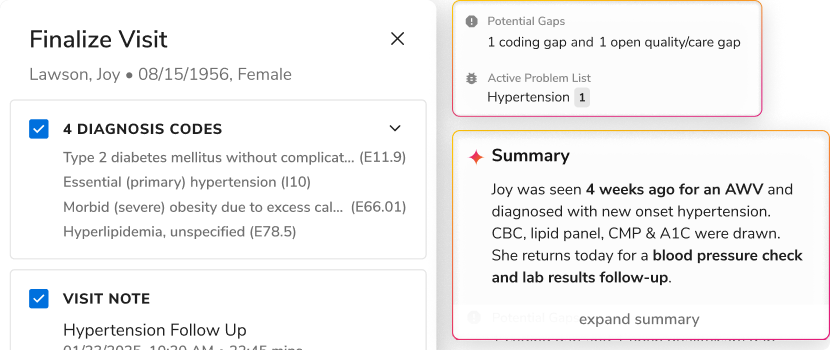
.png)

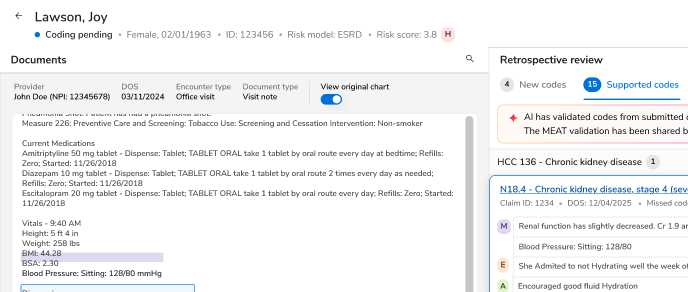
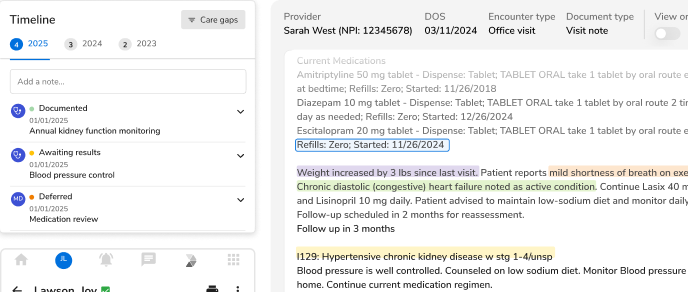
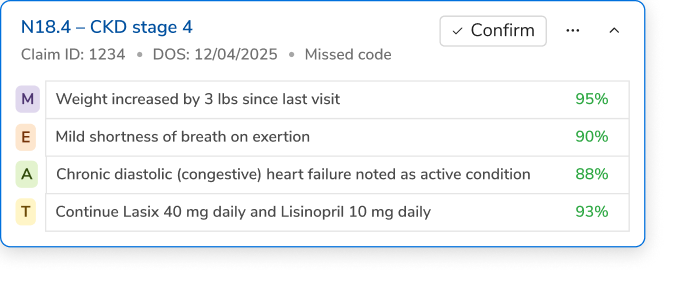





.svg)
.svg)

.svg)

